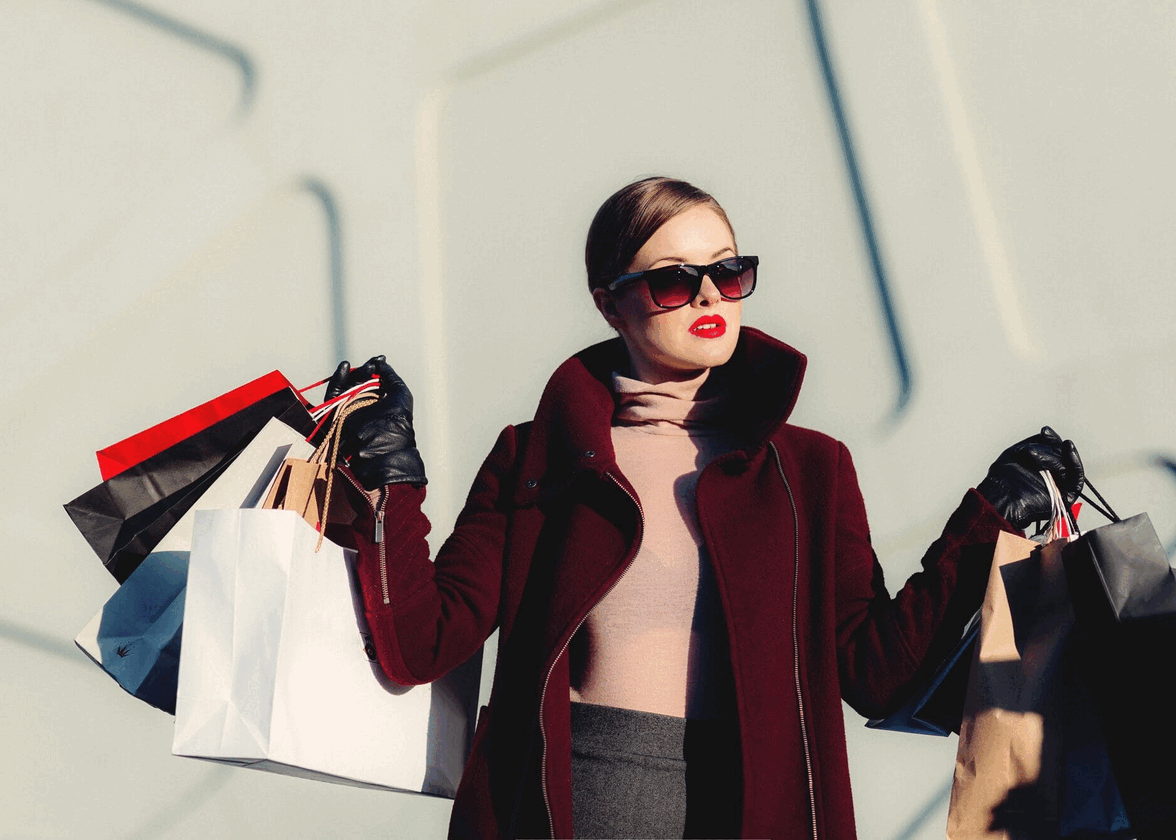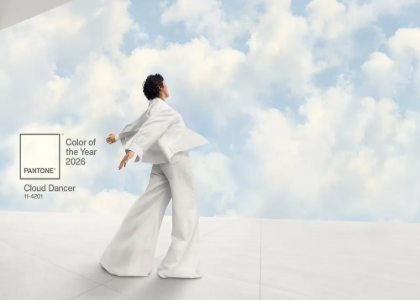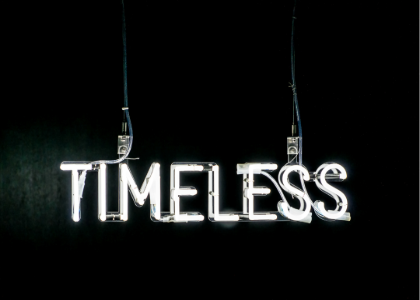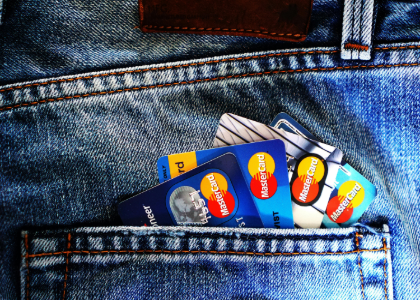Blog

Create a Logo for a Fashion Brand
Chanel, Louis Vuitton, Tommy Hilfiger... Do you dream of launching your own fashion brand? Whether it's to create clothes or accessories, a strong brand image can make all the difference. Where to start? Here are our tips for creating a logo for a fashion brand so you can use your emblem easily on your designs and stand out from the competition.
How to create a logo for a fashion brand?
If you think of the big names in fashion, you probably have in mind designers and companies with a distinctive, representative, and unique brand image. Often, simplicity rhymes with elegance. Let's take a closer look.
Analyze your business
Let's start the creative process by analyzing your company and your products. What do you want to offer? How are your clothes or accessories different from other brands? Is it the quality of the fabrics or the fact that they've been produced under fair conditions? And what are your corporate values? Are you avant-garde or conservative? All these components should be apparent when someone looks at your logo.
Examples include the Chanel and Dior logos. On the one hand, Gabrielle Chanel was renowned for creating dresses that were often black and rather simple. You see this in her logo. On the other, Christian Dior was daring with his new look style. This freshness and openness can be seen in his logo. These two French brands use the same type of logo and the same color, yet you don't feel the same when you look at them. They have different stories.
Define your target customers
Then there's the question of target customers. Who are your products aimed for? Are you targeting young men or older women? Your target audience will have a direct impact on the look of your logo. Your brand image must appeal to those you wish to charm and convince.
To help you, try creating a persona, a person who represents your target clientele. Who are they, and what are their needs? Why would they like your products or accessories? Is it to stand out from the crowd, or to feel good? The more precise your research, the easier it will be to set up effective advertising campaigns. For example, knowing their tastes and needs will make it easier to find a spokesperson for your brand. It's not uncommon for well-known personalities to work with fashion brands.
Choose a logo type
In fact, any type of logo can be used for your fashion brand. It all depends on what you want to emphasize. If your name is used as a company name, you could opt for a signature logo like Michael Kors or a monogram logo like Louis Vuitton. On the other hand, if you want an emblem to represent your fashion brand, you could choose a symbol logo like Nike.
If you've just launched your brand and it's not well known yet, you could create a combination logo. This type of logo includes both the company name and a symbol and brings a certain flexibility to your brand. One example is Lacoste.
Think color palette
Just because you decide to launch a fashion brand doesn't mean your color palette has to be restricted to black and white. It's true that many well-known brands use black. It's a timeless color associated with elegance. However, if you want to stand out and show your personality, you can choose other shades, especially if you want to target different customer groups.
For example, Tommy Hilfiger uses blue, white and red, while Hermès uses orange as their main brand color. Colors have meaning, so don't hesitate to draw inspiration from them when creating your logo. Just remember to keep it simple and opt for no more than two or three colors to maintain a distinguished, professional look.
Choose a font
If you choose a type of logo that has your company name, you'll need to think about the font. Like the color palette, the font can help you convey a message and display your values.
There seems to be two ways of thinking about fonts for fashion brands at the moment. On the one hand, there are brands using a serif font. This can give a brand a more traditional, upscale, or serious feel. Examples include the Ralph Lauren and Rolex logos. On the other hand, many fashion brands choose a sans-serif logo for its simpler, more accessible feel. Examples include Calvin Klein and Givenchy. You'll also need to decide whether to capitalize the letters.
Create a flexible logo
Whatever choice you make, it's essential to create a flexible logo, one that can be used anywhere. In addition to being one of the criteria for a good logo, a flexible logo can be directly added to clothing or accessories. You'll soon notice that fashion brands often display their logos directly on their products, as a way of making a name for themselves.
A flexible logo can also be used both on the web and in print. You could also have different versions to suit different needs.
In conclusion, creating a fashion brand isn't easy. In addition to branding, you need to think about your products and promotion. How do you want to stand out from the competition? To learn more, we recommend you take a look at the history of the Adidas and Puma logos. Did you know that both brands were founded by the same family? We wish you the best of luck!
More tips and tricks on the blog


